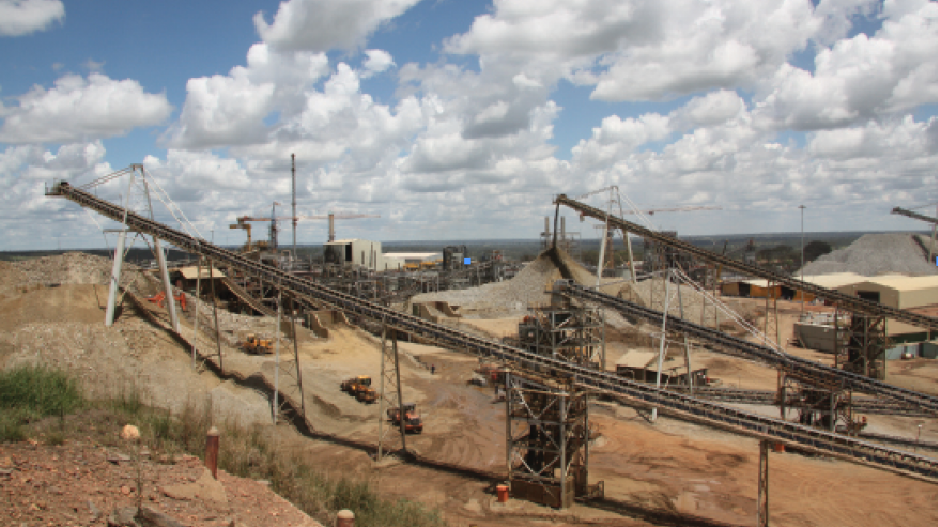With company valuations and commodity prices as low as they are, conventional wisdom dictates that the mining sector should be experiencing more mergers and acquisitions.
But despite mining companies being ripe for picking, M&A for the global mining sector hit a 10-year low in 2014, according to EY.
According to an analysis by EY in January, deal volumes in the global mining and metals sector were down 23% in 2014 – from 703 in 2013 to 544 in 2014, the lowest volume since 2003.
Even Goldcorp (TSX: G) – one of the world’s most prosperous gold miners – failed to execute on an attempted takeover of Osisko Mining Corp. in 2014, though not for lack of trying. It walked away from its $3.6 billion bid for the company when two rivals partnered to counter with an offer of $3.9 billion.
For Canada and B.C., 2014 was not quite so bad for M&A activity as elsewhere, said Philip Heywood, PwC’s Vancouver transaction services leader.
“My sense is that 2013 was a tougher year than 2014,” Heywood said, adding that there was a small uptick in the last quarter of 2014.
One of the larger deals in 2014 for Vancouver companies was the US$484 million acquisition of Papillon Resources Ltd. by B2Gold Corp. (TSX:BTO). That deal helped bump B2Gold up from a small-cap to a mid-cap company with four operating mines and a market capitalization approaching $2 billion.
Other significant deals in 2014 included the First Quantum Minerals (TSX:FM) acquisition of Vancouver’s Lumina Copper and its Taca Taca mine in Argentina for $470 million, and the acquisition of the Fruta del Norte gold project in Ecuador from Kinross Gold Corp. (TSX:K) by Lundin Gold Inc. (TSX:LUG) for $270 million.
Clive Johnson, B2Gold’s CEO, pulls no punches when explaining why he thinks so few mining companies have seized the opportunity to do deals.
In the gold-mining sector at least, he said, shareholders are reticent to see any new deals done until they are certain that the price of gold has hit bottom, because so many bad deals were done when gold was peaking. As a result, some of the world’s biggest players have had to take multibillion-dollar writedowns on new assets.
“Because so many bad deals were done in the last three years, and so many projects didn’t get built on time and were way over capital cost, shareholders are very jaded and skeptical, and I don’t blame them,” Johnson said.
On the seller’s side of the equation, Heywood added that companies with good assets are holding onto them and putting only their less valuable ones on the market.
“Frankly, a lot of those things that are cheap, we think, deserve to be cheap,” Johnson said.
Whether M&A activity picks up in 2015 remains to be seen. The outlook for the year will vary, depending on the sector, the EY report concluded.
“Distressed situations may drive opportunistic buying in certain commodities, but most industry acquisitions will be mergers between equals that provide synergies for both parties, or consolidation opportunities,” said Lee Downham, EY’s global mining and metals transactions leader.



